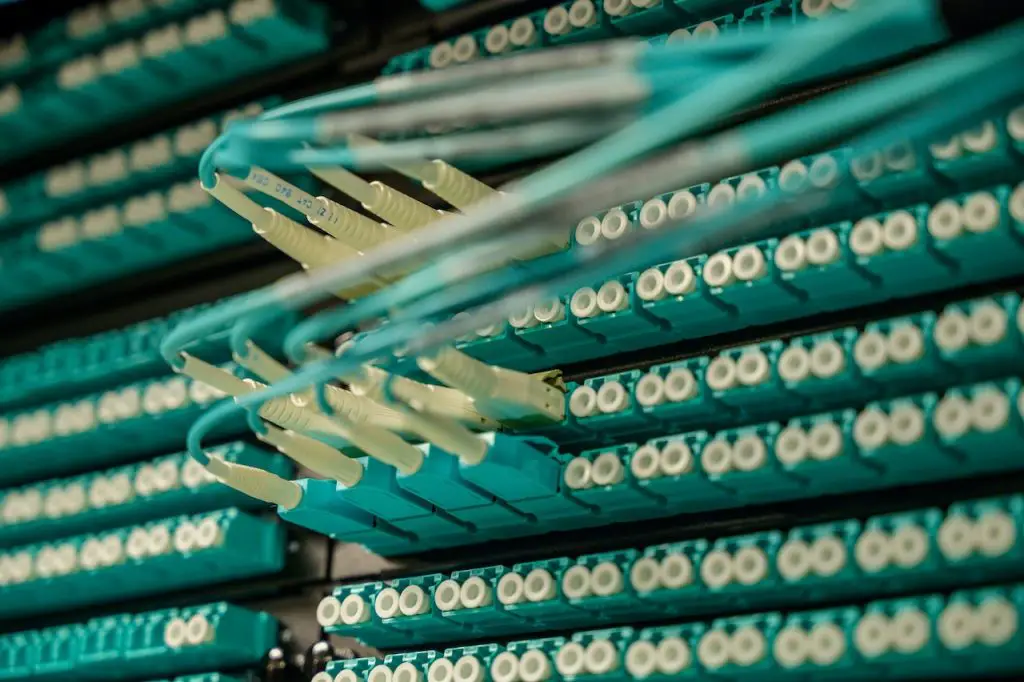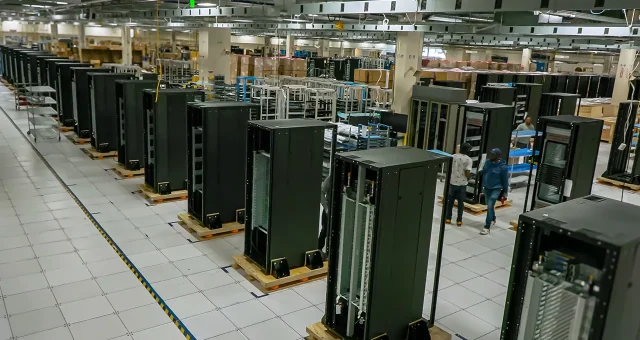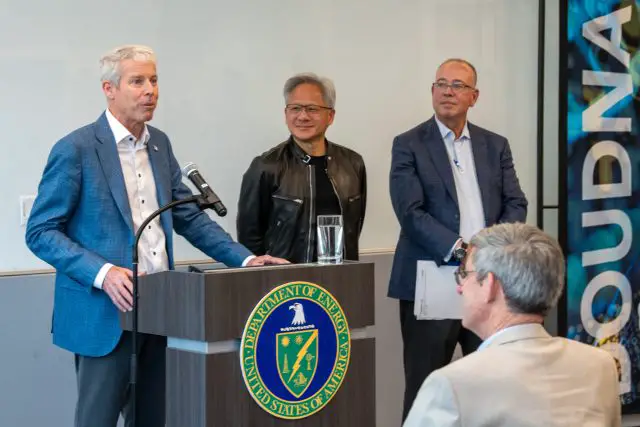In today’s digital age, internet access has become necessary, especially for individuals and communities to participate fully in economic, social, and civic activities. However, the need for affordable and reliable high-speed internet access has left many Americans stranded on the wrong side of the digital divide, also known as the broadband gap.
The Federal Communications Commission (FCC), the primary regulatory agency overseeing communications in the United States, has taken a significant step towards bridging the broadband gap by launching an FCC Internet Program called the Affordable Connectivity Program (ACP). Read on to learn about the FCC’s efforts toward expanding internet access through ACP.
The Broadband Gap
The broadband gap refers to the disparity in broadband access and usage among different demographic groups, such as rural and low-income areas and racial and ethnic minorities. Despite being the world’s leading economy, the US ranks 11th globally in terms of broadband access, with 30 million Americans lacking access to high-speed internet, according to a recent report by BroadbandNow. The digital divide has only worsened during the COVID-19 pandemic as many Americans have had to work, study, and access healthcare services from home.
Small businesses, in particular, have been adversely affected by the digital divide. Access to reliable small business internet services is essential for maintaining online operations, reaching customers, and staying competitive in the market. Bridging this divide is crucial for empowering small businesses, enabling them to thrive in the digital age.
The Affordable Connectivity Program
The FCC introduced the Affordable Connectivity Program (ACP) to address the broadband gap in December 2020. The program aims to provide financial assistance to low-income households and tribal communities to access high-speed internet. It offers a $50 monthly subsidy for broadband services, $75 for households on tribal lands, and a one-time discount of up to $100 for a connected device. The Affordable Connectivity Program (ACP) will be administered by the Universal Service Administrative Company (USAC) and is set to run until the funds are exhausted or six months after the end of the COVID-19 pandemic.
Eligibility Criteria
The ACP primarily focuses on low-income households, including those who lost income due to the COVID-19 pandemic. The eligibility criteria include households with an income at or below 135% of the federal poverty guidelines and those eligible for the National School Lunch Program (NSLP), Medicaid, Supplemental Nutrition Assistance Program (SNAP), or Lifeline programs.
Additionally, households with a student who received a Federal Pell Grant during the current award year, or received an approved application for a school district or school-based program that provides free or reduced-price school meals, are eligible for the program.
Challenges and Opportunities
The ACP faces several challenges in its implementation, including the verification of eligible households and ensuring the availability of affordable broadband services. The FCC has addressed these concerns by working closely with internet service providers (ISPs) to streamline the verification process and establish minimum service standards. The program also provides a $100 reimbursement to participating ISPs to cover the cost of verifying eligibility and offering discounts.
The ACP also presents an opportunity to bridge the digital divide and promote digital inclusion. According to a study by the National Digital Inclusion Alliance, low-income households are more likely to access the internet through mobile devices, which offer limited functionality compared to desktop computers or laptops.
The ACP’s one-time discount for a connected device aims to address this issue by providing households with the necessary tools to access the internet effectively. The program also promotes digital literacy by partnering with community-based organizations to offer digital skills training to program participants.
The FCC Internet Program represents a significant step towards bridging the broadband gap and promoting digital inclusion. The program’s focus on low-income households and tribal communities ensures that those who are most in need of internet access can access it.












